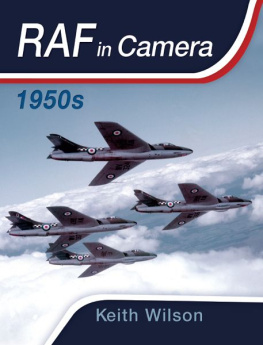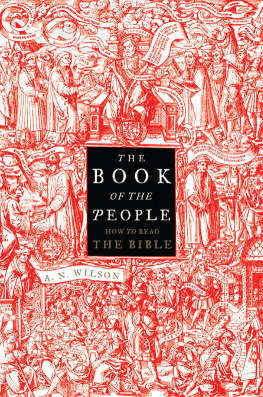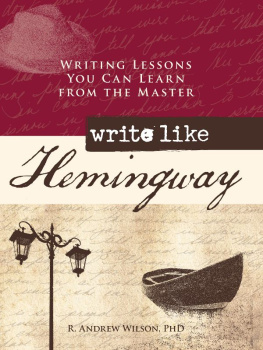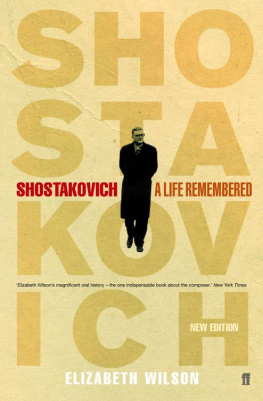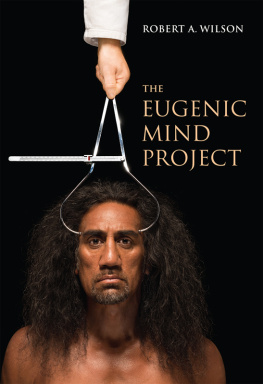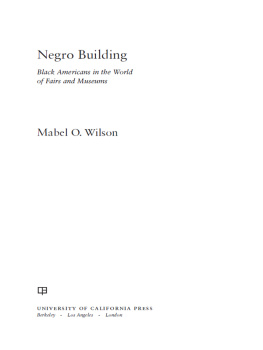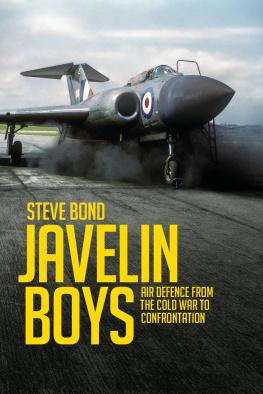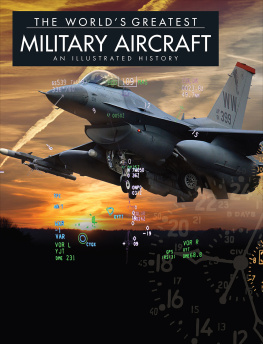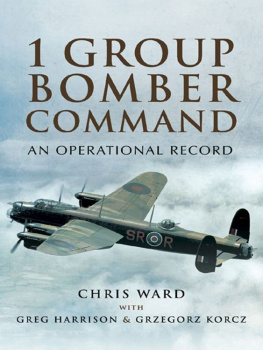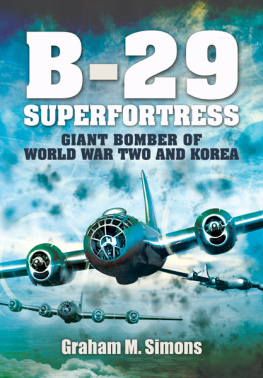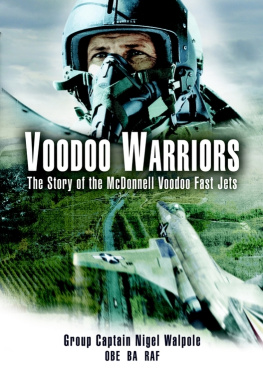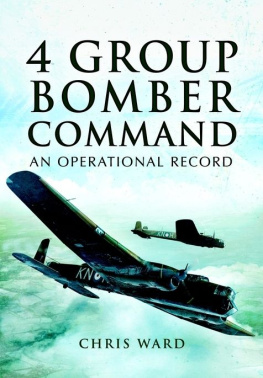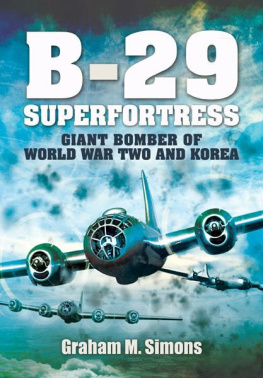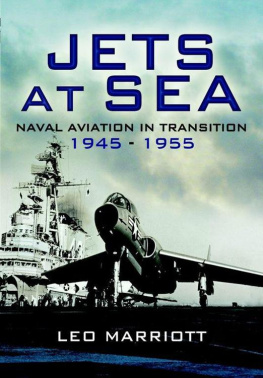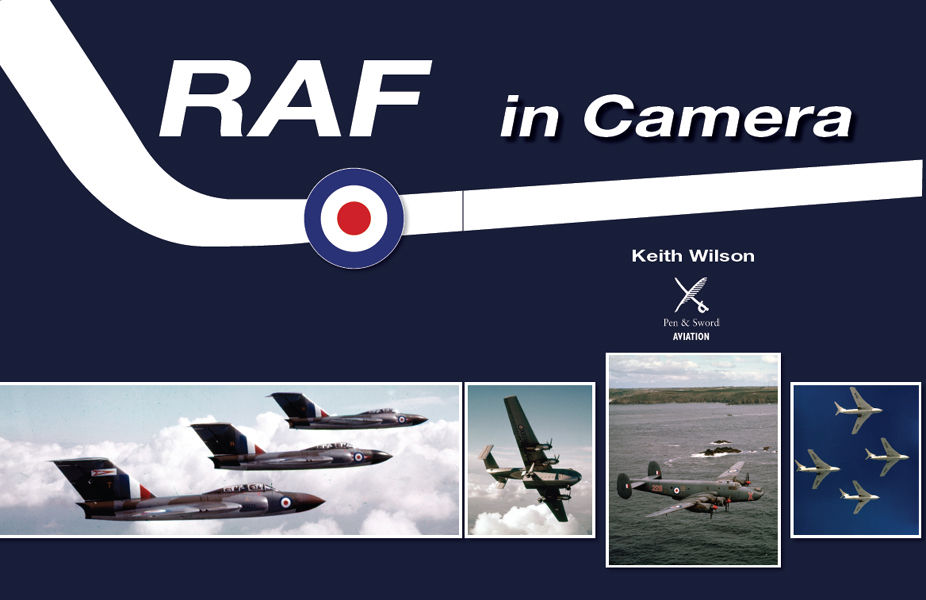
First published in Great Britain in 2015 by
Pen & Sword Aviation
an imprint of
Pen & Sword Books Ltd
47 Church Street
Barnsley
South Yorkshire
S70 2AS
Copyright Keith Wilson 2015
ISBN: 978 1 47382 795 0
EPUB ISBN: 978 1 47385 985 2
PRC ISBN: 978 1 47385 984 5
The right of Keith Wilson to be identified as the Author of this Work has
been asserted by him in accordance with the Copyright, Designs and
Patents Act 1988.
A CIP catalogue record for this book is available from the British Library
All rights reserved. No part of this book may be reproduced or
transmitted in any form or by any means, electronic or mechanical
including photocopying, recording or by any information storage and
retrieval system, without permission from the Publisher in writing.
Typeset in Helvetica by
Mac Style Ltd, Bridlington, East Yorkshire
Printed and bound in India by Replika Press Pvt Ltd
Pen & Sword Books Ltd incorporates the imprints of Pen & Sword
Archaeology, Atlas, Aviation, Battleground, Discovery, Family History,
History, Maritime, Military, Naval, Politics, Railways, Select, Transport,
True Crime, and Fiction, Frontline Books, Leo Cooper, Praetorian Press,
Seaforth Publishing and Wharncliffe.
For a complete list of Pen & Sword titles please contact
PEN & SWORD BOOKS LIMITED
47 Church Street, Barnsley, South Yorkshire, S70 2AS, England
E-mail:
Website: www.pen-and-sword.co.uk
Contents
Foreword
The Air Historical Branch is the internal history office of the Royal Air Force and, amongst its many functions within that wider role, it maintains an archive of official photographs tracing the history of the Service. We are delighted to have the opportunity to publish this volume, which covers a particularly interesting decade in which the RAF not only found itself in the frontline of the Cold War but also involved in the many conflicts associated with the withdrawal from the empire.
The 1950s saw the transition from propeller to jet aircraft in full swing. Many of the venerable Second World War veterans Lancasters, Mosquitoes and Sunderlands were still soldiering on, often on the more distant stations, alongside the first-generation jets such as the Vampire. Meanwhile, a new generation of jets was entering service whose names still cause the hairs on many an enthusiasts neck to stand up: the immortal symmetry of the Hawker Hunter, vying with the more brutal lines of the English Electric Lightning and the delta-winged Gloster Javelin. Not least of the jet fighters achievements was that they rekindled some of the excitement of the inter-war flying displays as the speed and noise of these new chariots gave full rein to the display teams flamboyance. For an image of sheer power, however, little can compete with the V-bombers. Perhaps most impressive of all the Avro Vulcan, and even more so when in the all-white paint scheme and carrying a Blue Steel, itself the harbinger of the missile age epitomised by the Thor intermediate-range ballistic missile (IRBM).
More prosaic, perhaps, but just as vital and as hard-working, were the transport aircraft: the improbable shape of the Blackburn Beverley contrasting with the elegance of the de Havilland Comet.
While the 1950s saw the rise of the jet, it also saw the dawn of the military helicopter. The Sycamores and Whirlwinds heralded a new era of the aircraft in a variety of roles, giving unparalleled flexibility and mobility to the British Army in many far-flung regions of the globe. It is therefore entirely fitting that the last photograph in the book depicts a Whirlwind of the Queens Flight, thus giving the royal seal of approval and confirming that the helicopter really had arrived.
The aircraft in this book have now departed the Service with the ever-faithful Canberra the last to go but the photographs of them in their heyday bear testimony to their sterling service and to the immense contribution they made to the defence of Britains interests across the world.
SEBASTIAN COX BA MA FRSA
Head of the Air Historical Branch (RAF)
Acknowledgements
A project of this nature requires the help and support of many people, who have contributed in different ways to make the book possible. The author would like to offer his sincere thanks to the following:
Sebastian Cox at the Air Historical Branch, RAF Northolt, for providing the branchs support and access to the collection of images, along with his encouragement and sense of humour.
At Pen & Sword Books, I would like to thank Laura Hirst, Michelle Tilling and Matthew Blurton for their considerable input at key stages during the books production and for keeping me on track whenever I wavered.
My very special thanks must go to Lee Barton at the Air Historical Branch for his unwavering enthusiasm, vision and attention to detail. Without your considerable help and support, this book would not have been completed. Thank you Lee!
Thanks are also due to the staff at the Imperial War Museum for their additional caption information.
Finally, sincere thanks to my wife Carol and sons Sam and Oliver. Thank you for your patience and support throughout the project. I couldnt have done it without you.
Introduction
Following the end of the Second World War, the immediate task of the Royal Air Force was to return to normal, peacetime conditions and the RAF was faced, for the second time in its history, with the problems of adjusting to peace after a major war. At the conclusion of the war, the total strength of UK service personnel totalled almost 5 million and the RAF contingent was estimated at around 1.3 million. Various statistics are available, each providing variations, but one RAF source document suggests that the total number of aircraft held on strength (including aircraft held in storage) amounted to 61,584.
Abroad, the RAF played its part (alongside the British Army, the Royal Navy and other Allied forces) in the vast clearing-up operation in Europe, the Middle East and the Far East.
At home, the RAF had to demobilise its huge forces as quickly and as smoothly as possible. The rundown of the RAF was more orderly and gradual than it had been in 1919 but, even so, discontent at poor conditions and the seemingly slow rate of repatriation led to a strike by airmen at RAF Seletar in Singapore and other disturbances at RAF Drigh Road, Karachi. By 1947, just less than a million men and women had been demobilised and the overall strength was down to less than 300,000. Aircraft held on strength had reduced drastically to 20,430.
Although Britain had ended the Second World War as one of the victorious Allies, the country was almost bankrupt after the vast outlay of national resources during the war. The first years of peace were blighted by rationing and austerity which exceeded those of the war years. Severe financial problems, coupled with the debilitating effect of nearly six years of war, made the task of redirecting the nations war-making capacity to meet civilian peacetime needs very difficult.
By the end of the Second World War the jet, missile and nuclear age had arrived. The problems for the British Government and the RAF were whether Britain should develop its own atomic weapons and, if they were to be developed, what type of aircraft would be required to drop them. The Labour Government of Clement Attlee, which came to power in June 1945, decided that the United Nations was not strong enough to enforce any international control over atomic energy (and weapons) development. If the USA was not to have a monopoly of the new weapons, Britain had to develop its own nuclear weapons in order to safeguard its own security. After much political soul-searching and despite strong opposition by some members of the Labour Party, that decision was made on 8 January 1947.
Next page
